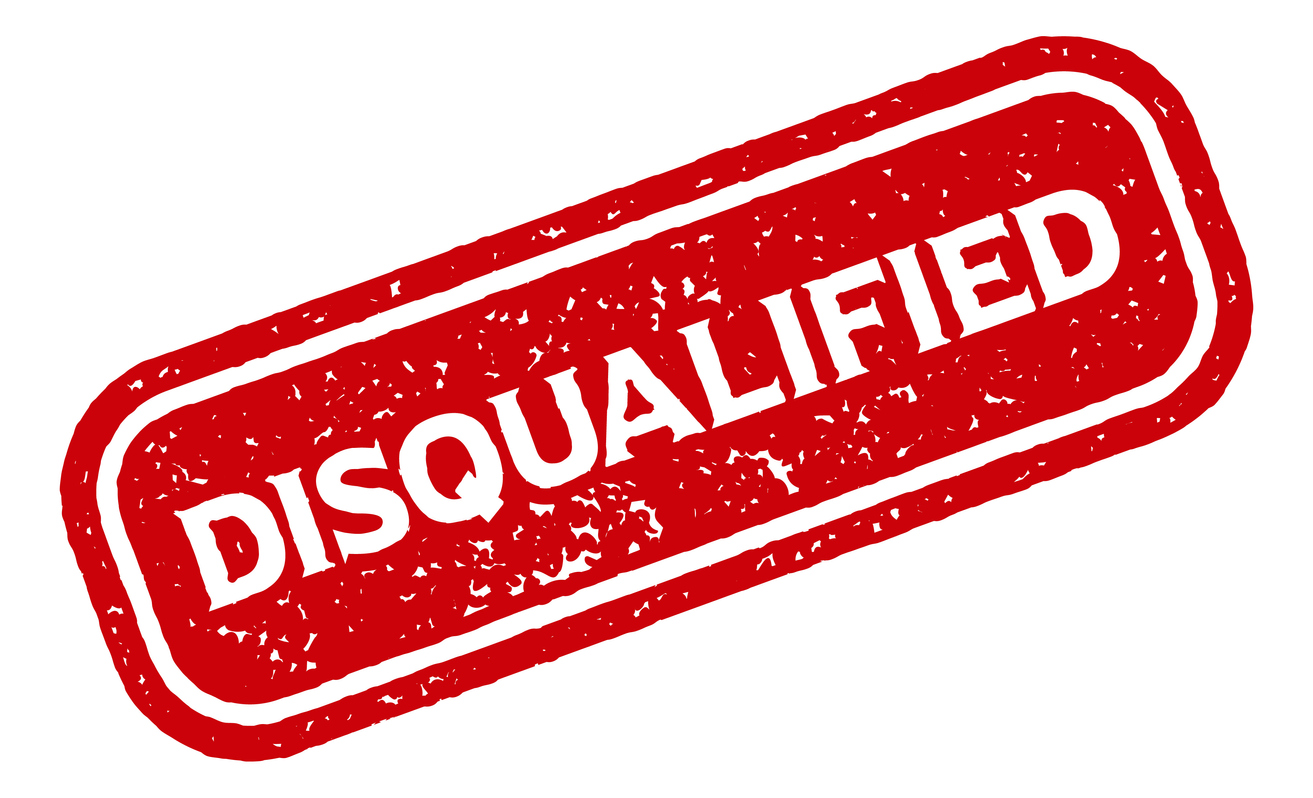For many commercial policyholders, a binder is issued by the insurance carrier before the actual policy is sent. This binder typically includes information such as the policy number, coverage limits, deductible amounts, and some of the applicable endorsements and exclusions. But what legal weight do these binders carry, if any? The Court of Appeals for the First District of Texas issued a ruling on August 4, 2011, that shed some light on this question.
QB Investments, LLC v. Certain Underwriters at Lloyd’s, London, No. 01-10-00718 (Tex.App.—Houston [1st Dist.], August 4, 2011), involved a first-party property insurance coverage dispute arising from a denial of coverage for a warehouse fire. QB Investments purchased an insurance policy for the period of October 28, 2008, to October 28, 2009, from Lloyd’s. Lloyd’s issued a policy binder on October 27 that included policy information describing some endorsements and exclusions. The Court of Appeals for the First District of Texas noted that “[w]hile a number of endorsements are specifically set out … the binder states: ‘OTHER ENDORSEMENTS MAY APPLY.’”
The actual policy, which QB Investments received at a later date, included a “Protective Safeguards” endorsement that required QB Investments to maintain a fire alarm system and limited any obligation Lloyd’s might have to pay for fire loss under certain conditions. The “Protective Safeguards” endorsement stated that Lloyd’s would not pay for damage caused by fire if QB Investments knew of any suspension or impairment in the fire alarm system and failed to notify Lloyd’s, or if QB failed to maintain a fire alarm system. Although this endorsement was in the actual policy, it was not in the policy binder.
On November 20, 2008, after the binder was issued but before QB Investments received the actual policy, fire damaged a warehouse on the property. At trial, it was undisputed that the central station fire alarm was not installed at the time of the fire. Lloyd’s denied QB Investments’ insurance claim for the fire damage, citing the conditions in the ‘Protective Safeguards’ endorsement of the policy. QB Investments sued for breach of contract, arguing that the “Protective Safeguards” endorsement did not apply because it was not in the policy binder, and QB Investments had not received the actual policy prior to the fire. The trial court granted summary judgment in favor of Lloyd’s, and QB Investments appealed.
On appeal, The Court of Appeals for the First District of Texas sided with Lloyd’s. The Court stated that:
It is well-established that coverage provided under a binder is determined based on reference to the terms and conditions contained in the standard form policy in use by the insurer at the time the binder was issued.
The Court also noted that,
It is undisputed that the policy actually contains the protective safeguards endorsement, and while the endorsement is not specifically referenced in the binder, the binder stated that other endorsements may apply.
The Court ultimately reached its decision because,
QB Investments failed to show that the endorsement was not part of the standard policy used by Lloyd’s.
As such, the Court held that:
[T]he protective safeguards alarm endorsement was part of the policy when they fire occurred and that Lloyd’s was not liable under the policy unless QB Investments demonstrated that it complied with the terms of the endorsement.
From this case, we know not to rely on insurance policy binders for coverage issues. Under Texas law, a policy binder is not the same as an actual policy, and if a coverage issues arises coverage will be determined by the actual policy and not the policy binder.



